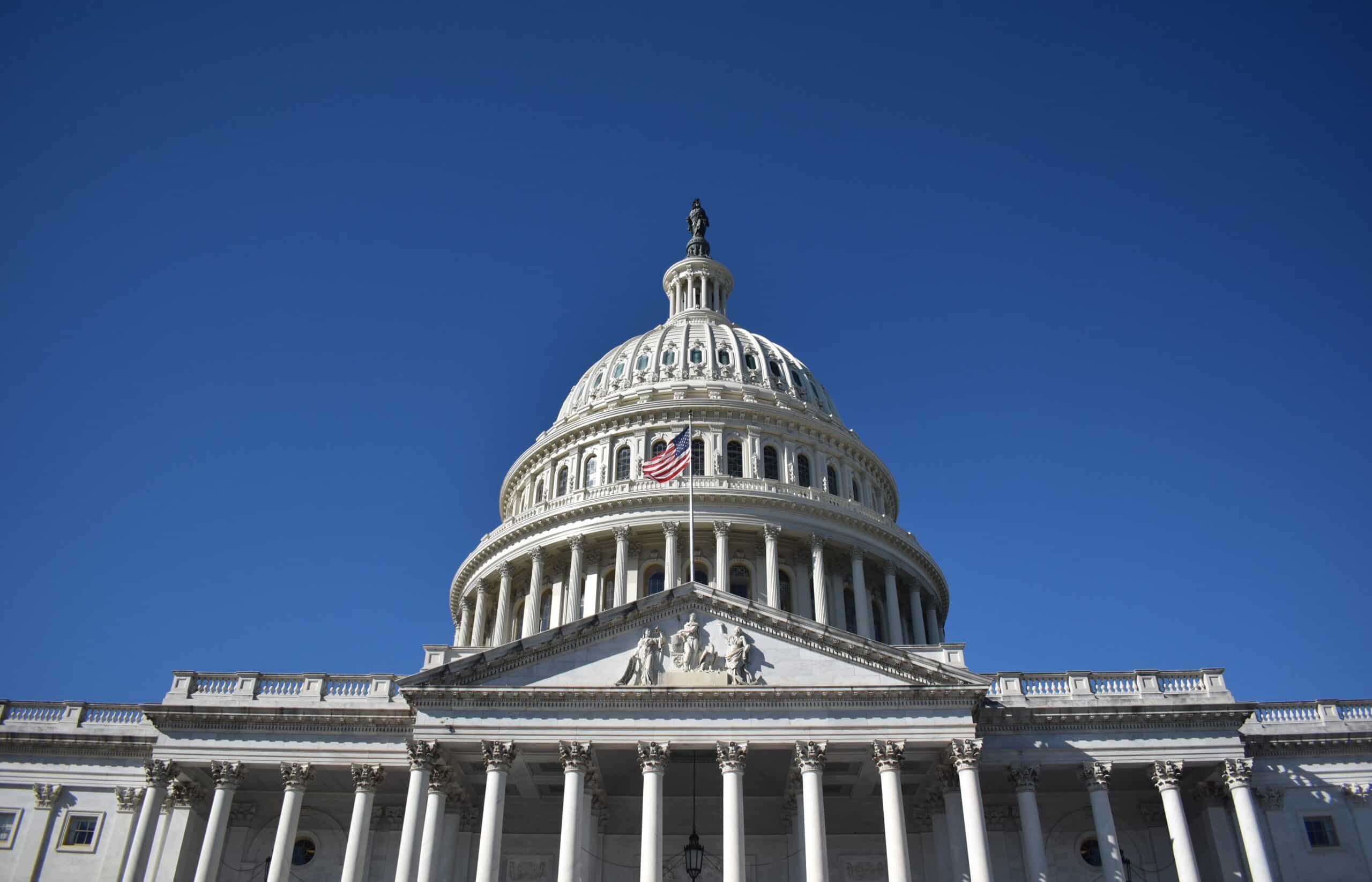Most Americans feel overtaxed and underrepresented — and according to this new explainer by Thomas Savidge at AIER, they have every reason to feel that way. The U.S. government is spending far more than it brings in, and rising interest payments on the national debt are starting to crowd out everything else.
This piece lays out the current state of federal revenues vs. expenditures, the distortion of political incentives, and why interest on the debt now exceeds both defense and Medicaid. It’s a smart, well-sourced breakdown of how government spending really works — and what’s coming next.
Key Takeaways:
- In FY 2024, the federal government took in $4.92 trillion in revenue but spent $6.75 trillion — a $1.83 trillion shortfall.
- 84% of federal revenue comes directly from individual income and payroll taxes.
- Mandatory spending now accounts for over 60% of total federal outlays, driven by Social Security, Medicare, and Medicaid.
- Net interest on the debt ($870 billion) now exceeds both national defense ($850 billion) and Medicaid and CHIP combined.
- As debt continues to rise, investors are demanding higher interest rates to finance U.S. borrowing — increasing the burden on taxpayers and crowding out public services.
- The author argues that the problem isn’t just overspending — it’s the incentive structure of elected and unelected officials who prioritize expanding budgets and political survival.
- Without reform, growing debt and interest costs could lead to a weaker dollar, higher taxes, reduced access to credit, and fewer public services.
Read the full article here.


